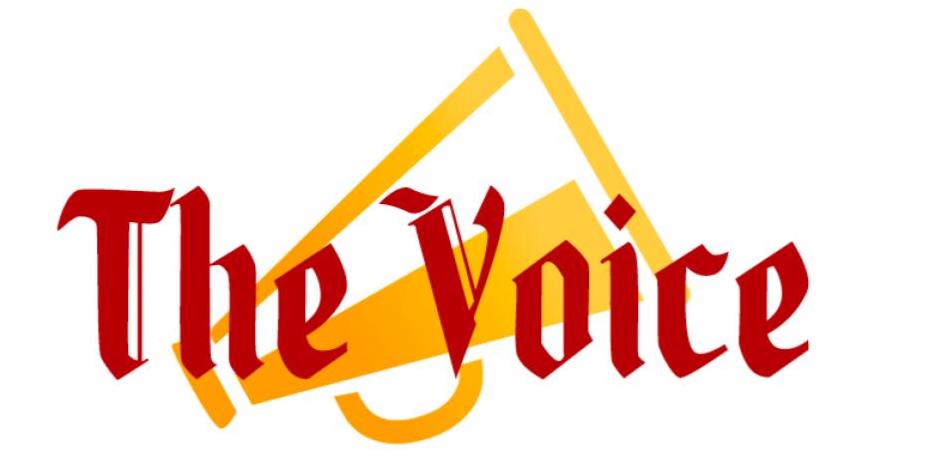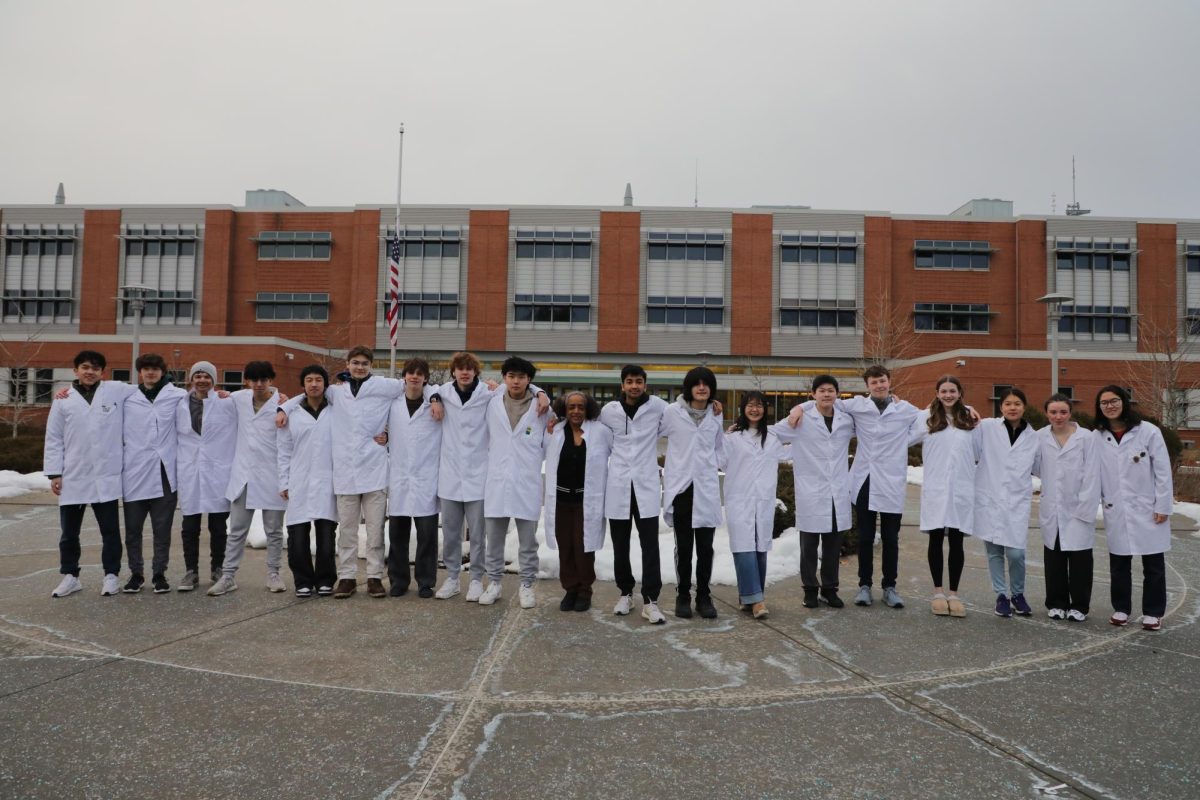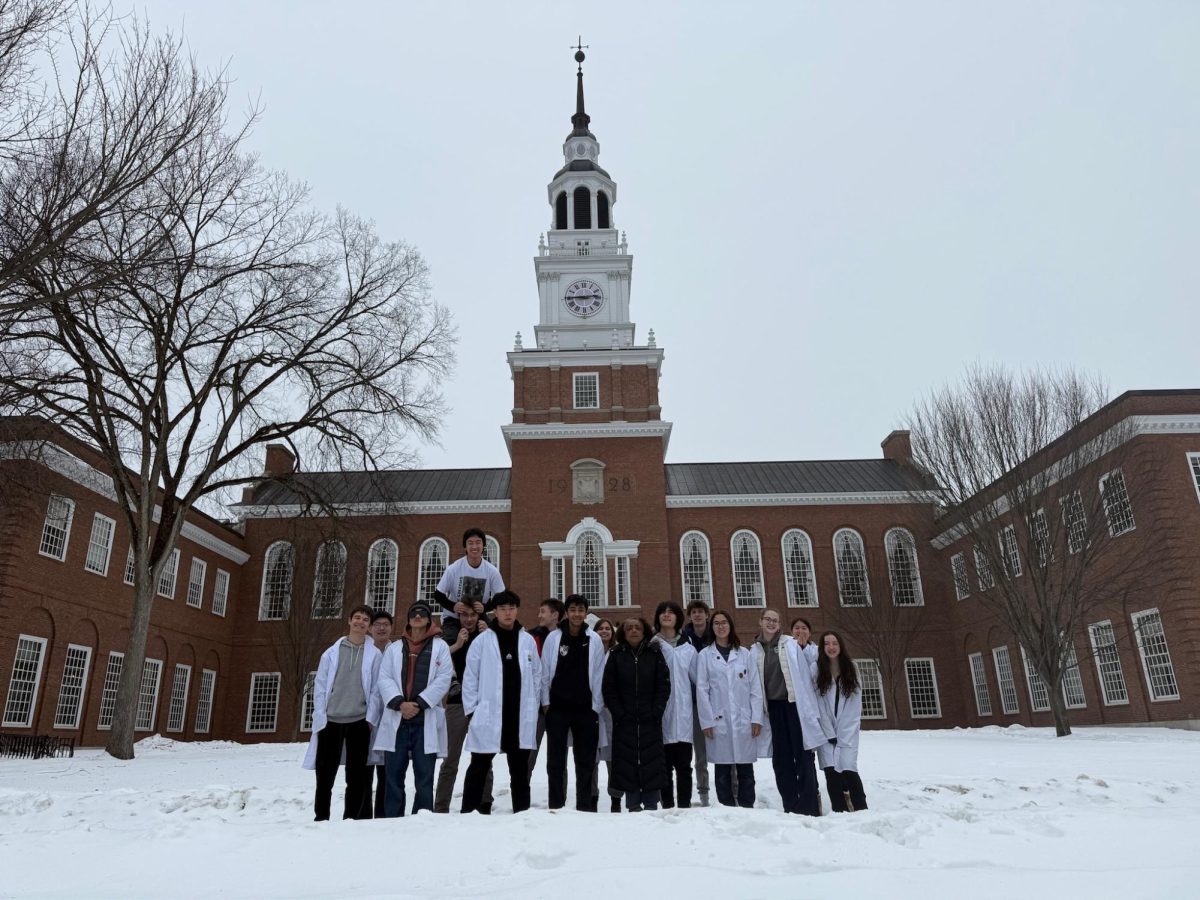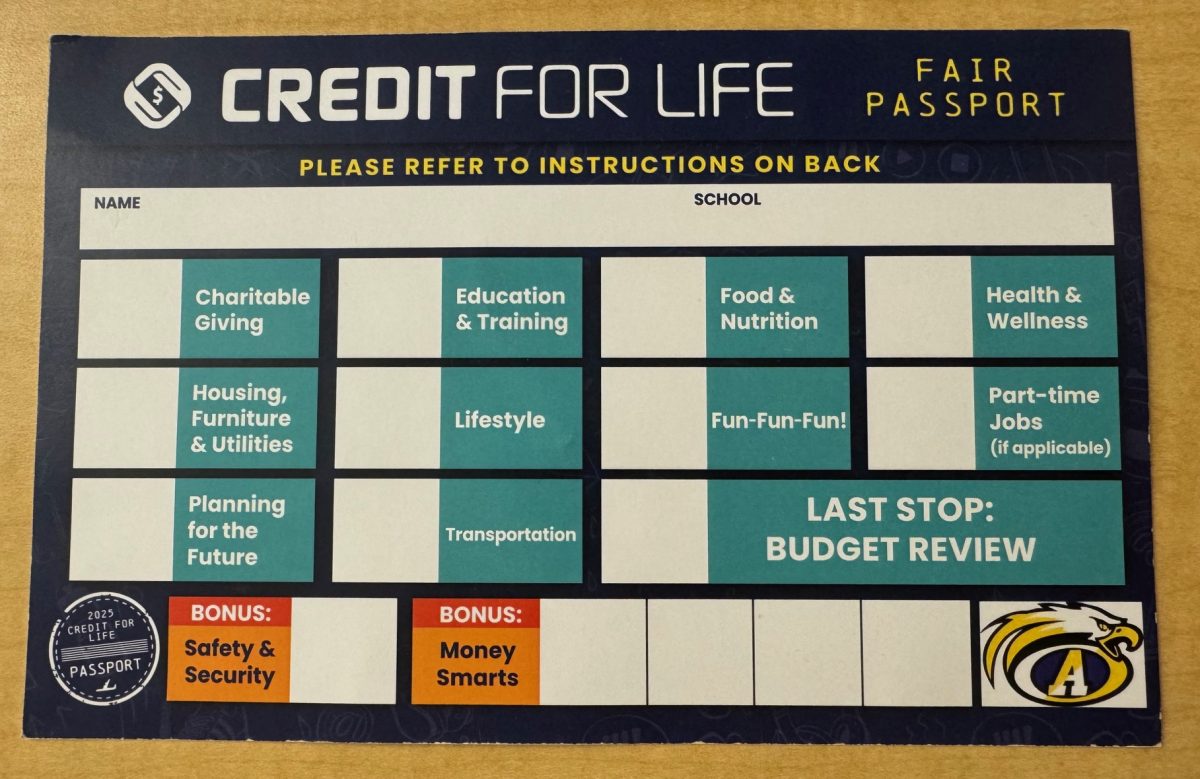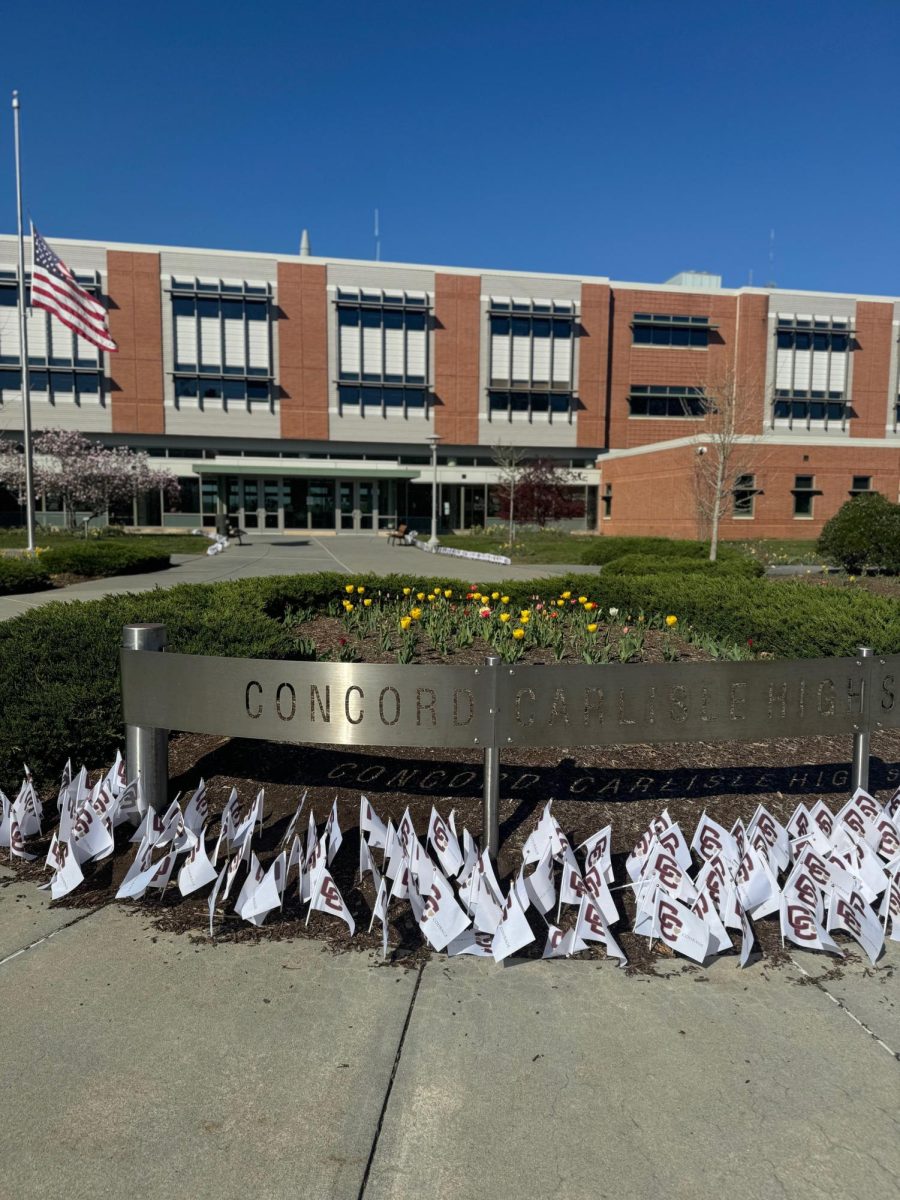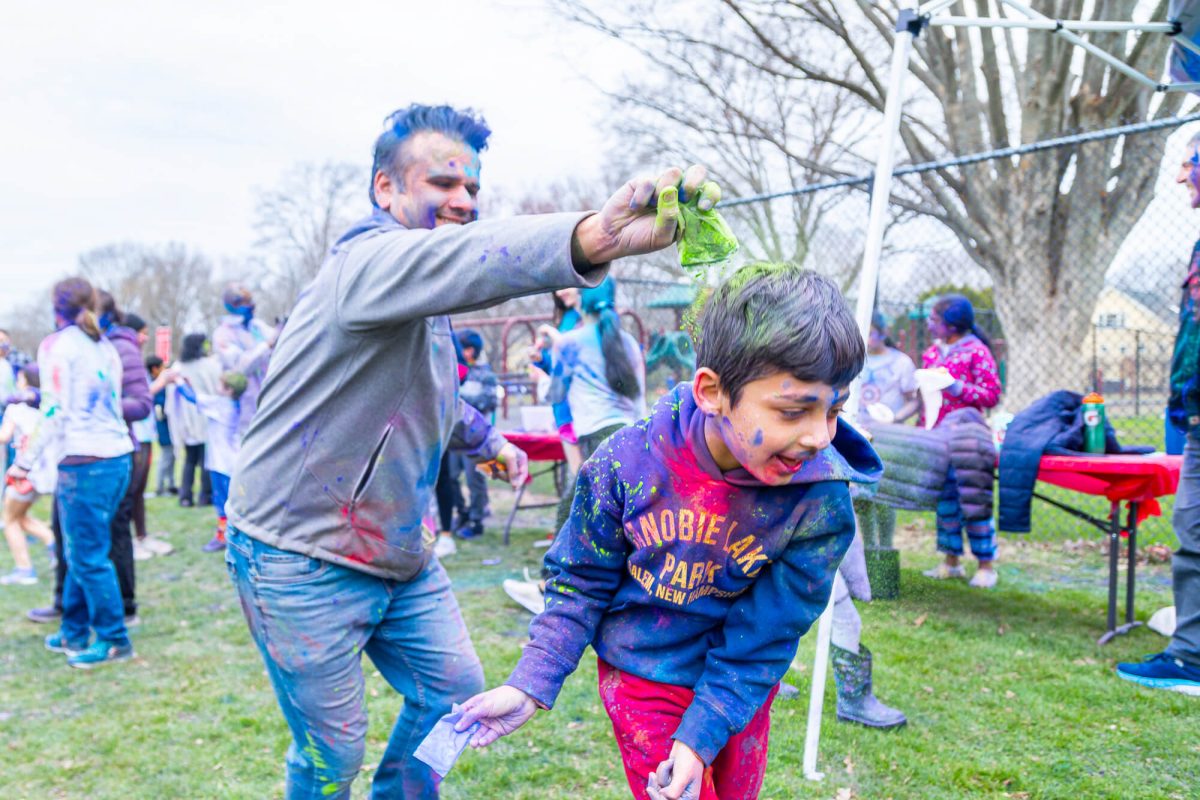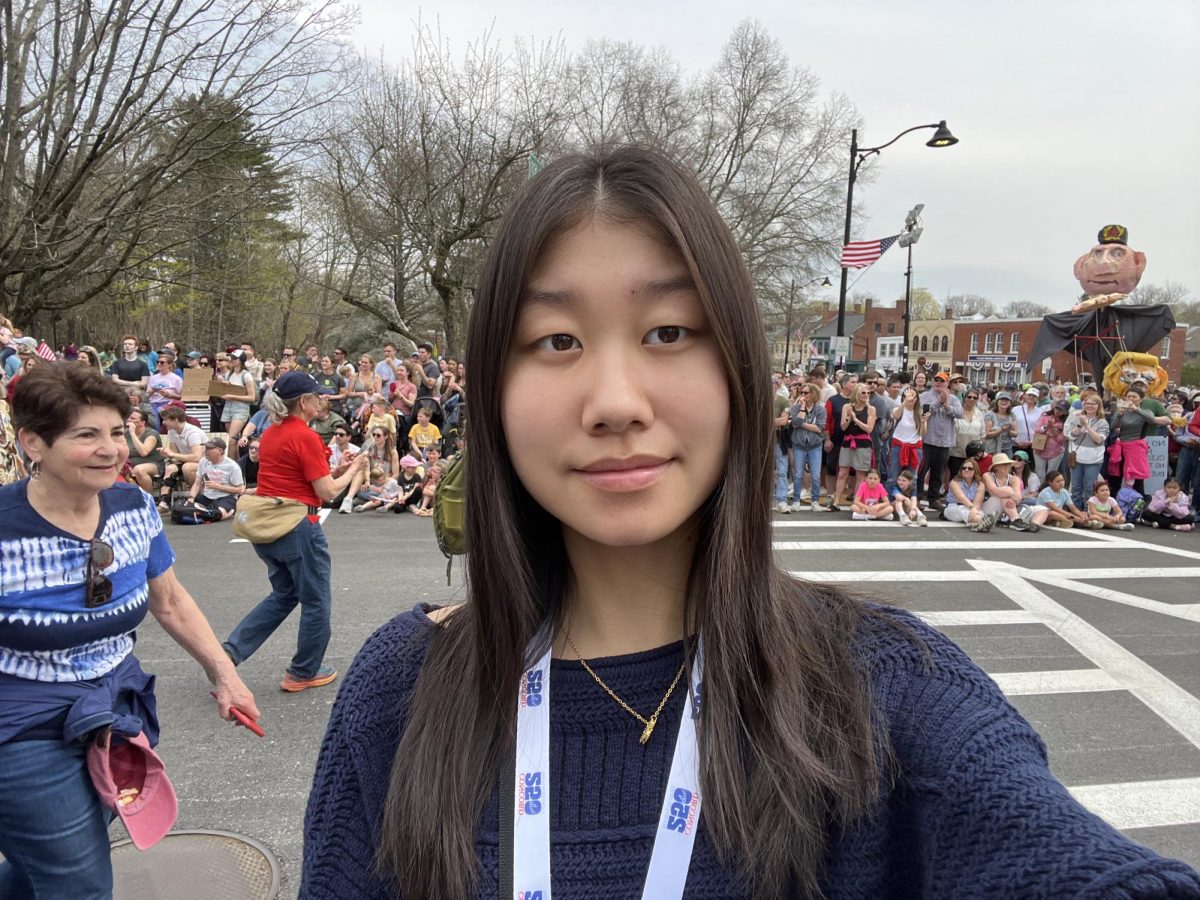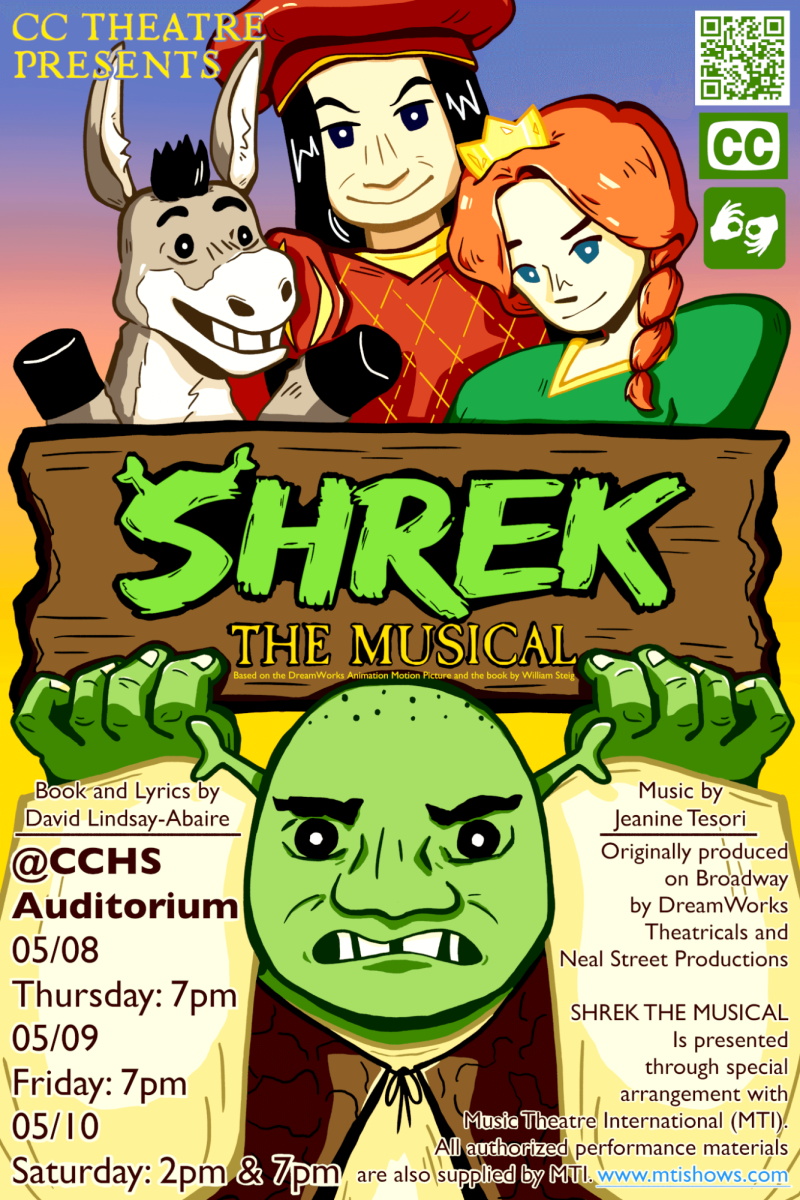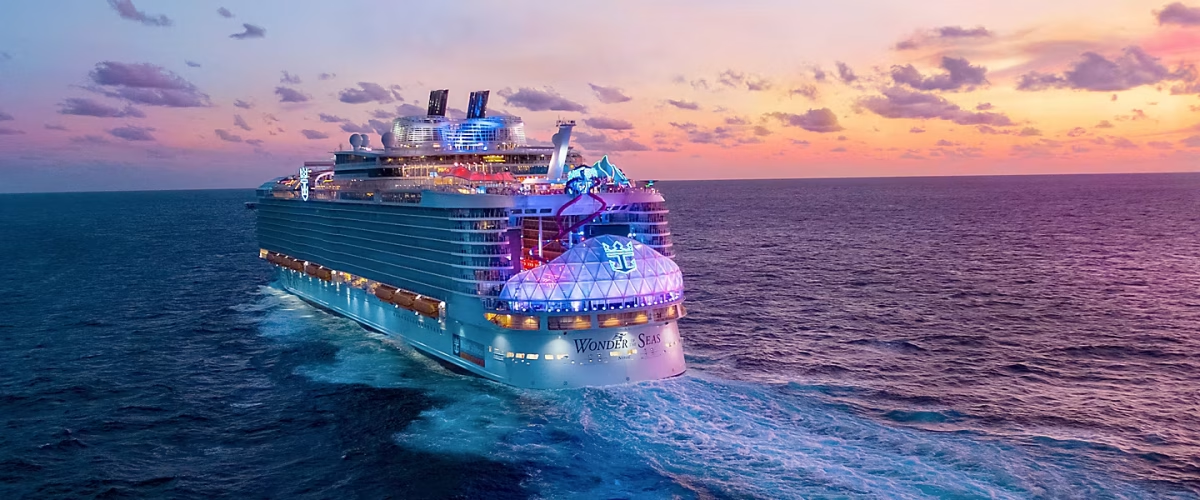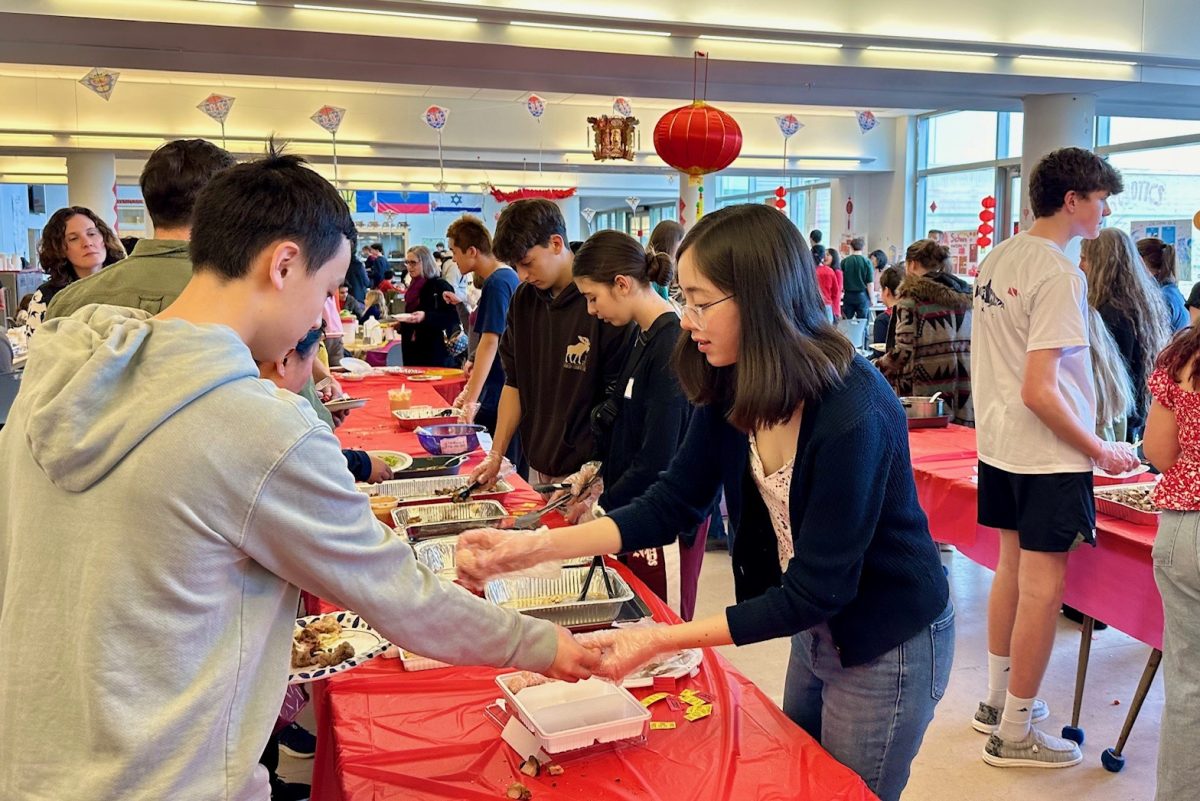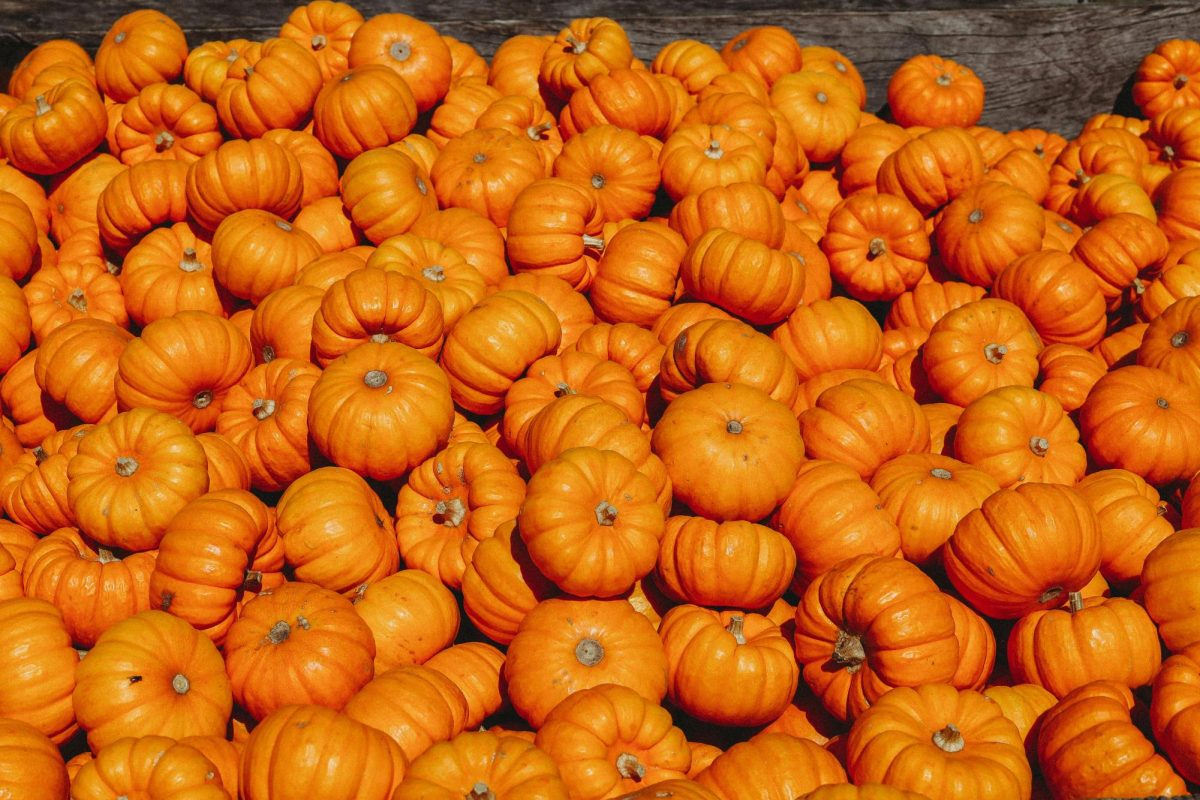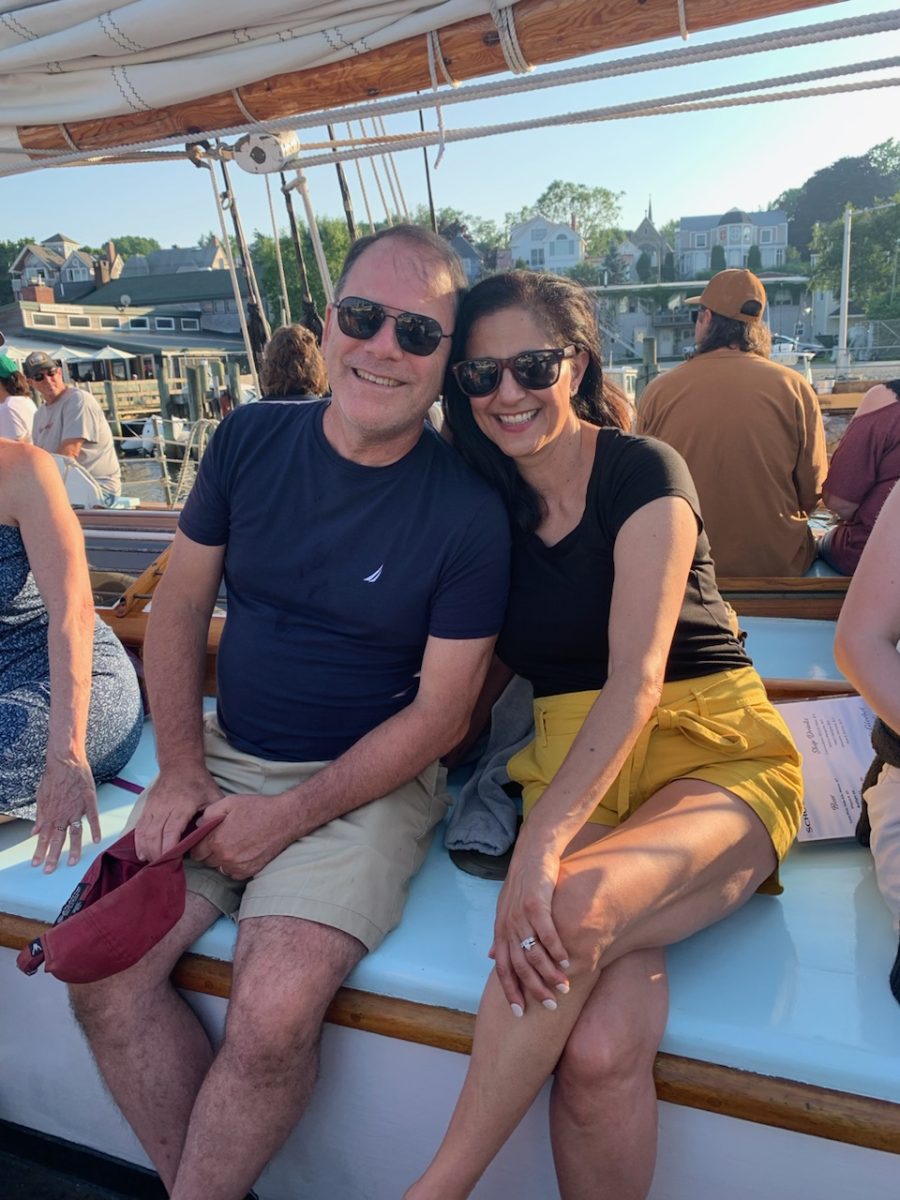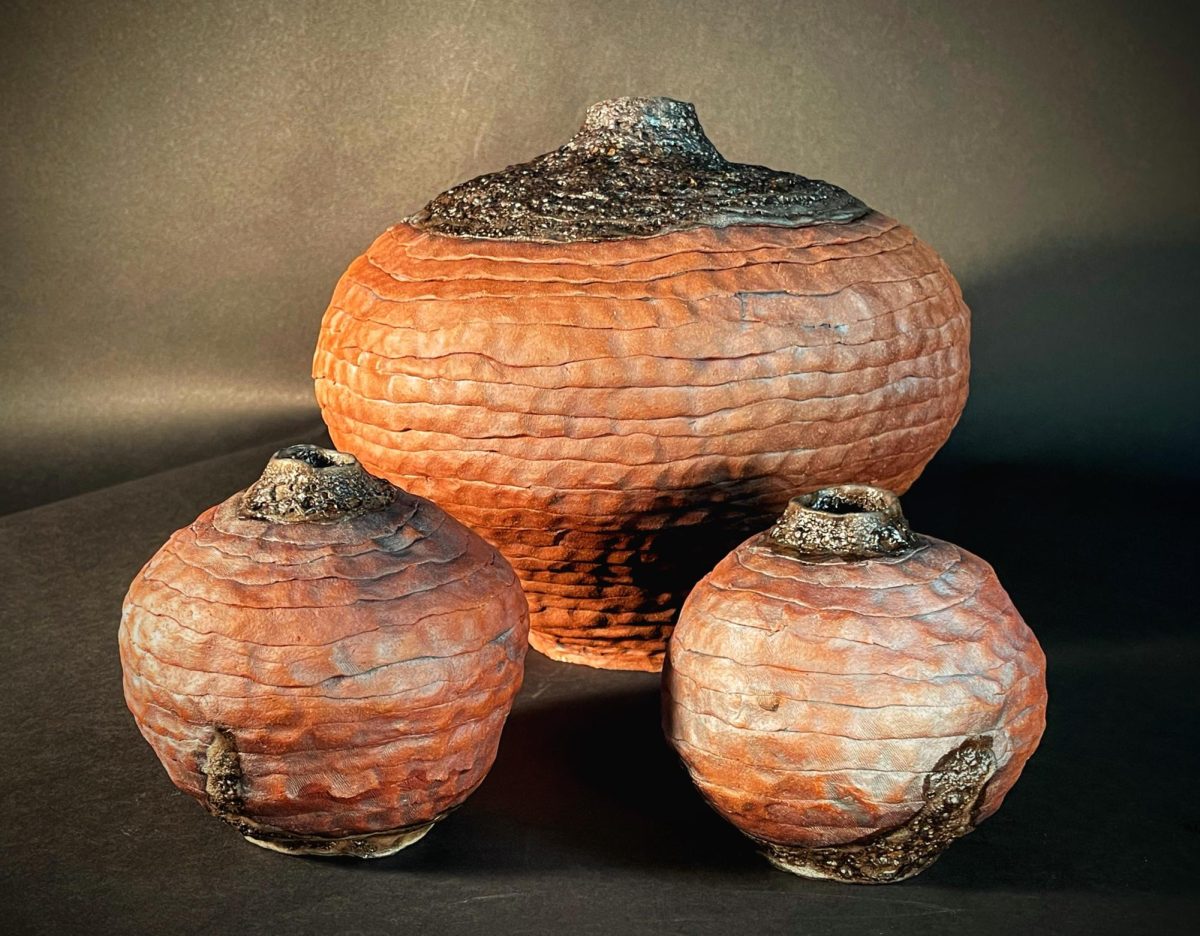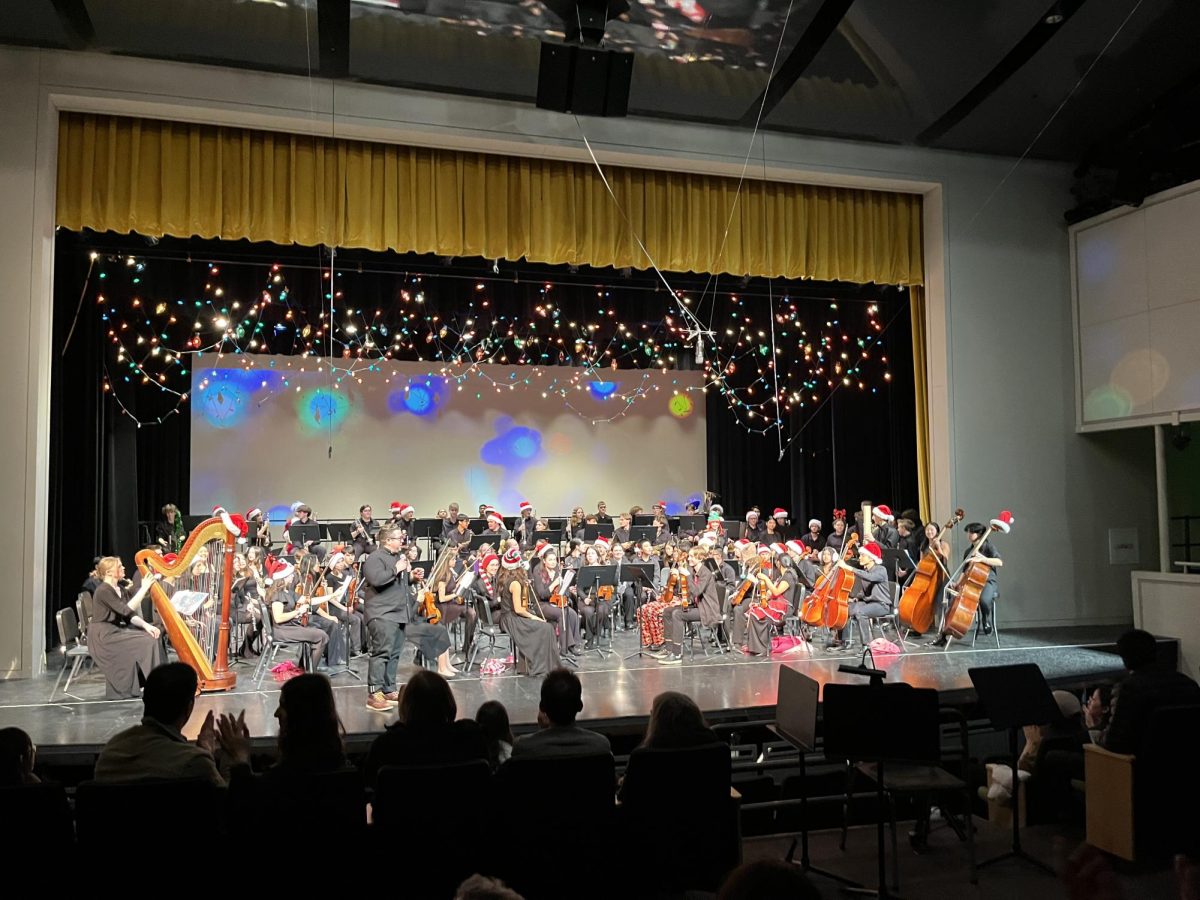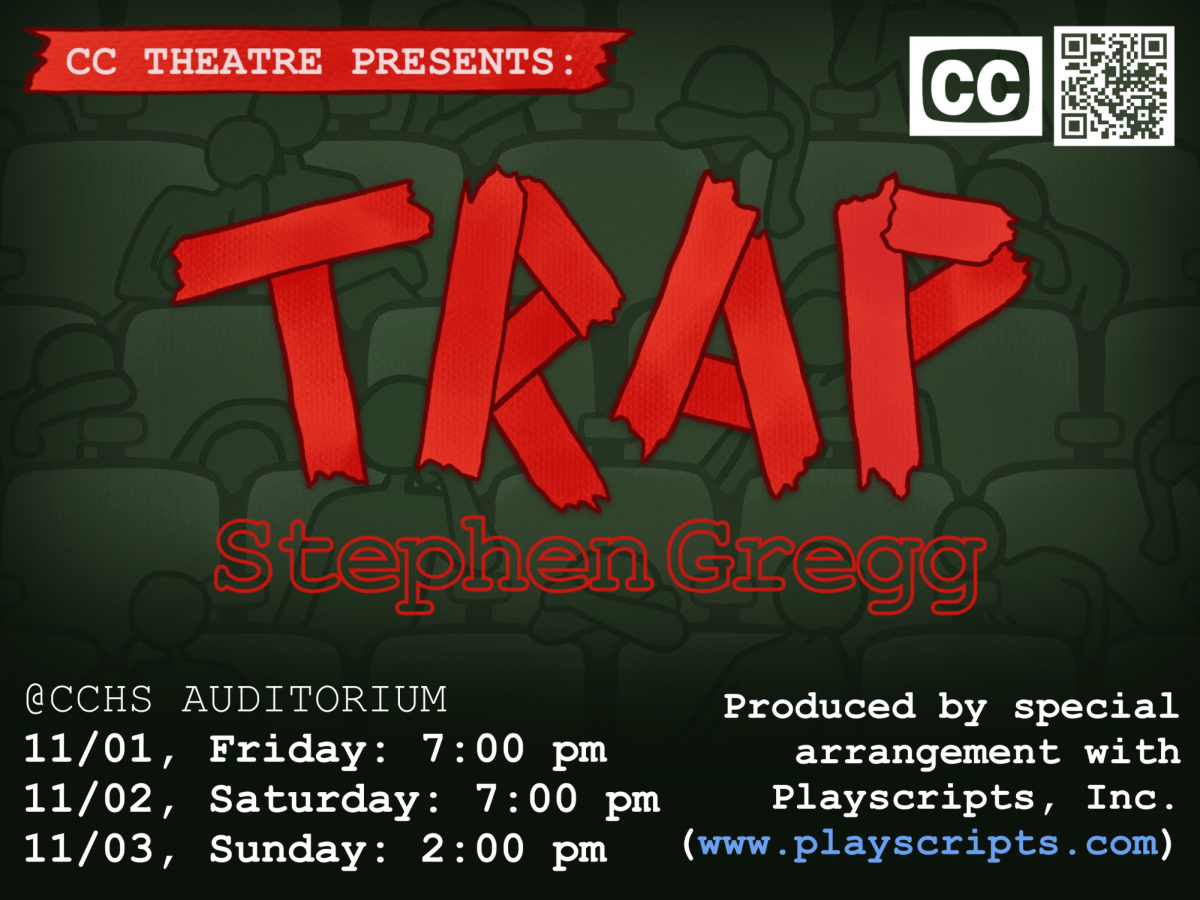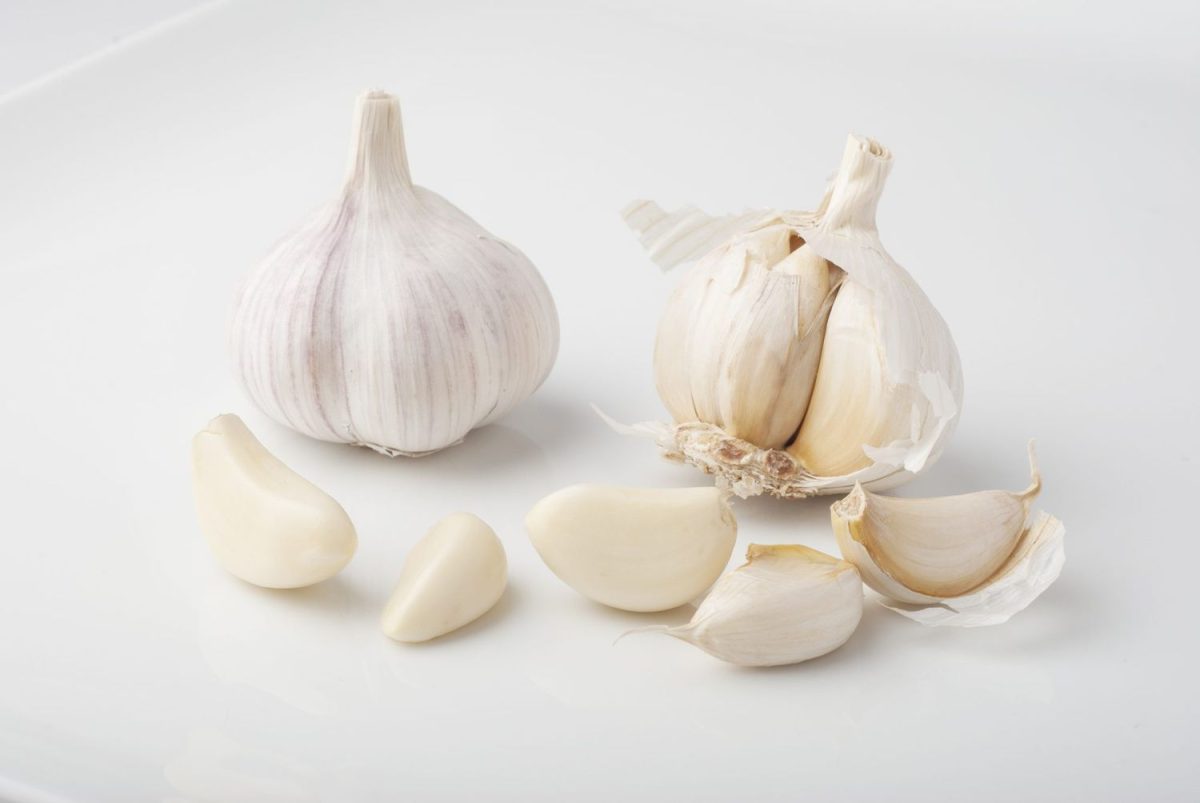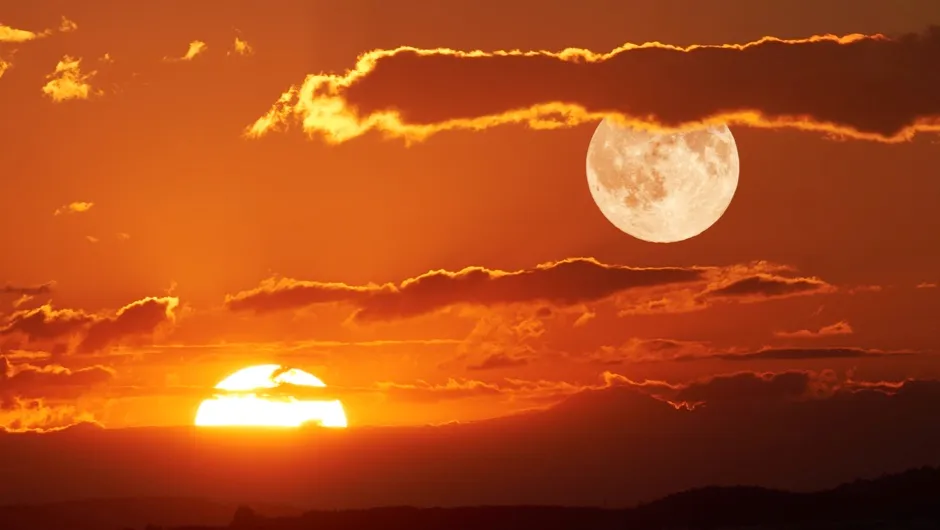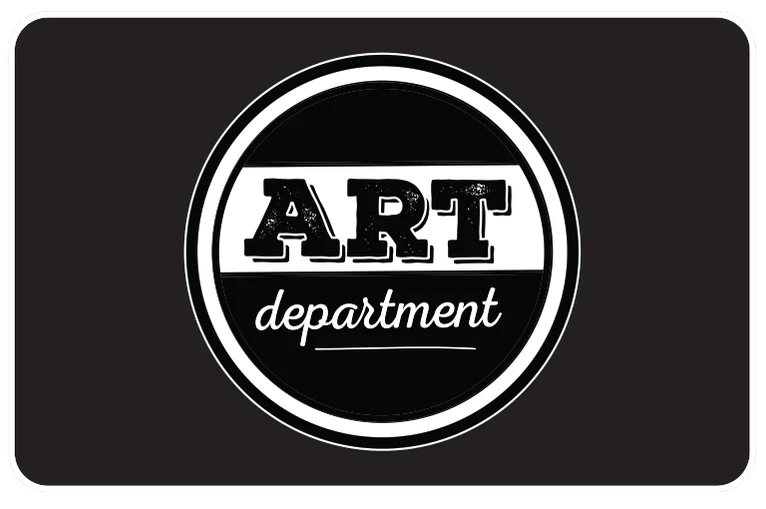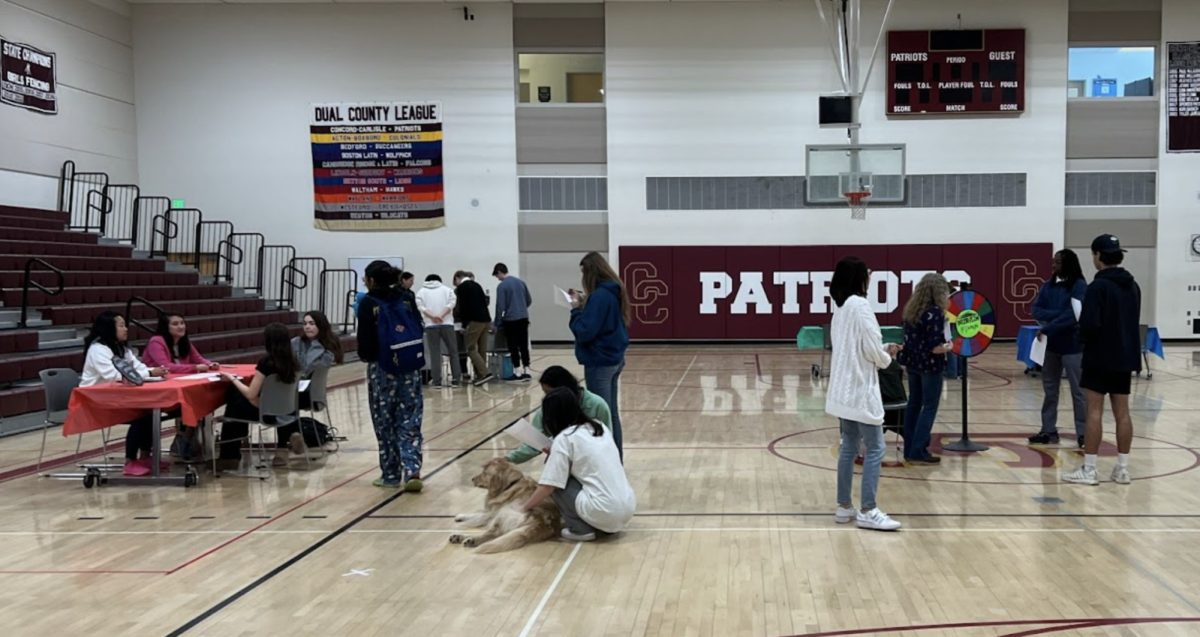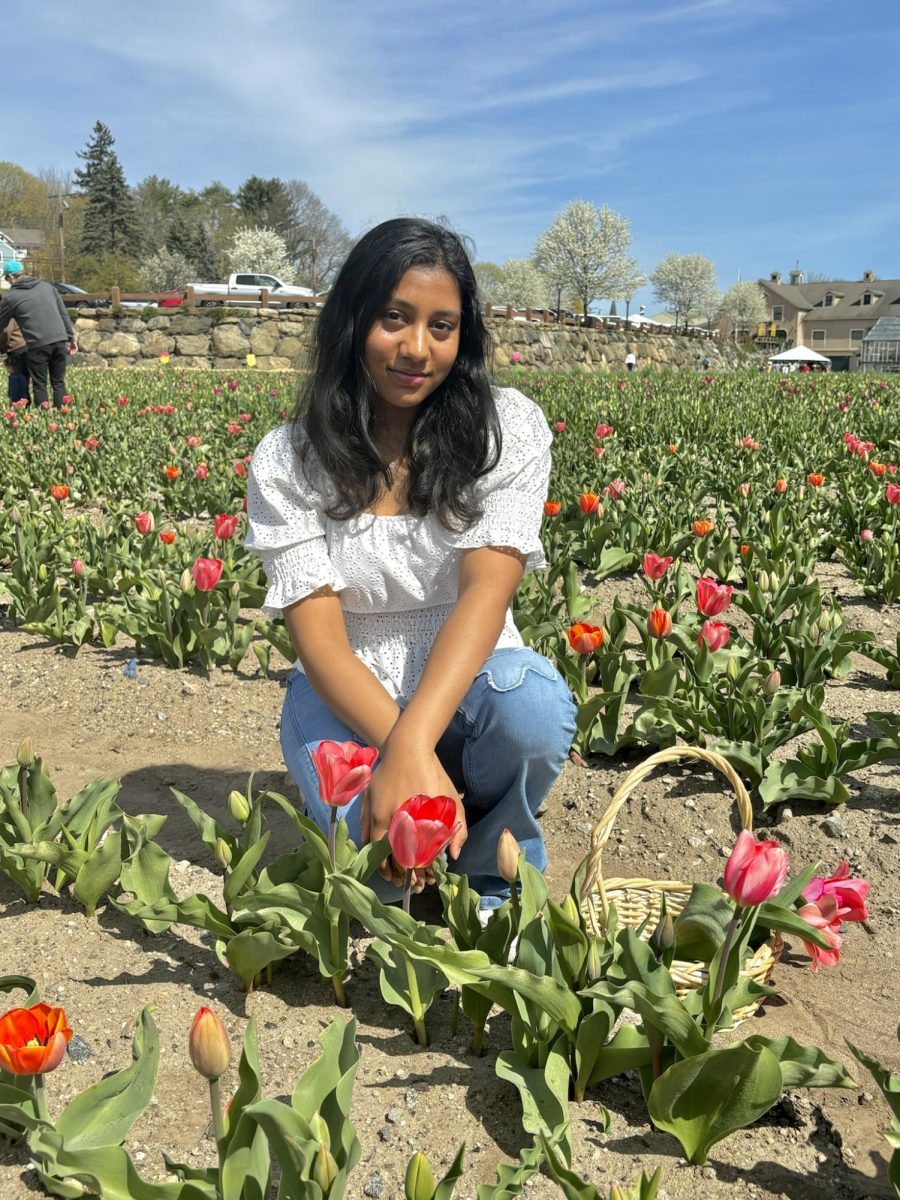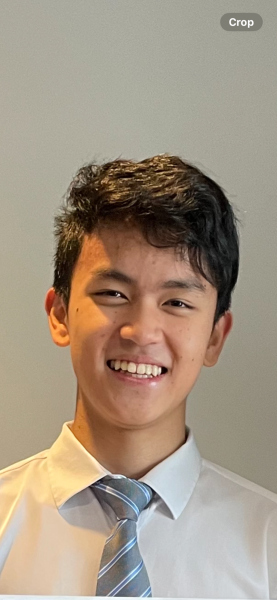In the upcoming 2024-2025 school year, Ms. Andrade will teach three new art courses in addition to filmmaking. These courses include Sustainable Fashion, AP Art History, Filmmaking, and ALANNA Artistry.
AP Art History
This course from the CollegeBoard covers a diverse range of art pieces from six continents. Starting from the arts of ancient Mesopotamia to contemporary art, students can learn “the history of [the] development of different civilizations, but through their art,” says Ms. Andrade. The course is focused on a broad coverage of art pieces and “not just [focused] on the art of the Americans in Europe.” She says that that is what she finds most exciting since students can look into history and see the “point of view of different cultures and different civilizations throughout time.” AP Art History will have the studio component of journaling to allow students to cover the vast curriculum and have time just for “making art.” The studio component allows students to “remember things so much more effectively” since there are connections to the “unique experiences” that come from individual artwork, also ensuring there will be “joy in this course” for each student. In the journal, students will complete academic work but also do “a little bit of painting or drawing or trying different materials,” and determine individually “the ratio” of notes versus art making.
Works discussed in AP Art History:
Renaissance

The Storm on the Sea of Galilee by Rembrandt
Central America

The Flower Carrier – Diego Rivera
Asia
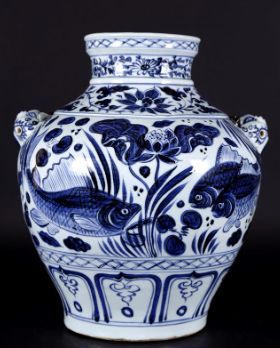
Various porcelain pieces and ink paintings on scrolls from China, Japan, and Korea
Europe

Guernica – Pablo Picasso
Contemporary Art
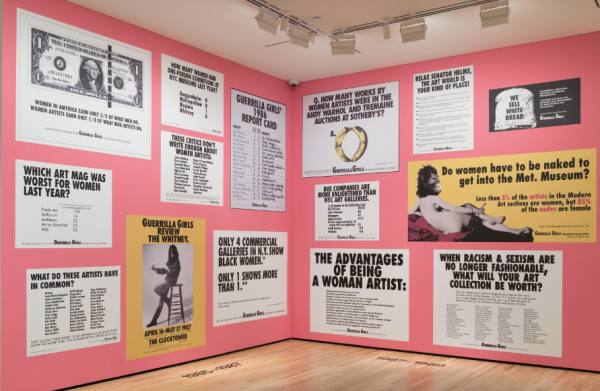
Display of Guerrilla Girls Works (Group of feminist activists critiquing gender in museums)
Sustainable Fashion
This green course focuses on making clothing from sustainable materials. Students will do a clothing swap to recycle clothing used as raw materials for new clothes. In addition, plant-based materials such as cotton and linen will be used. The course will also join Junk Kouture, an international competition where students design runway garments from recycled materials.
The course will begin with instruction on embroidering, hand-mending clothes, and hand-dying with dye from cooked-down hibiscus flowers (hibiscus tea). After initial instruction, students will propose the project they wish to work on, which is mainly self-directed.
Filmmaking
In the filmmaking course, Ms. Andrade and her students have “built a small community,” comprising of both advanced and introductory students. In the program, students will write scripts and experiment with AI, storyboard their ideas, and collaborate with peers to produce films. Students will alternate with filming, audio mixing, acting, and editing roles. Films made in the course are both collaborative and self-directed. Students are encouraged to film freely, whether on campus or alone. Currently displayed in the Prifti gallery at CCHS are movie posters from this year’s filmmaking course. Students can scan the posters and watch the films.
Regarding film gear, students can access various cameras, including Sony 4K, Canon EOS, and camcorders. Students are also encouraged to use phones to record, as Ms. Andrade says students should “go for it” whenever creativity strikes. Editing software includes industry-standard Adobe Premiere Pro and CapCut.
Excellence in ALANNA
ALANNA stands for Asian, Latino, African, Arab, and Native American—according to Ms. Andrade, the name is “basically shorthand for trying to describe diversity as much as possible.” However, the curriculum is not even limited to the above ethnicities. This course explores any art cut-out from the “typical art timeline,” bringing out the voices left out. This course is a studio course with a “hands-on” learning project for every artist and art movement, specially adapted to each student in the course. “What gets selected is based on the preferences of each group,” and if a student has a connection to art from any location, Ms. Andrade will “layer [it] in.” Excellence in ALANNA will also discuss gender, cultural, and American identities.
Ms. Andrade has created introductory videos for each of her course offerings for the upcoming year.
AP Art History: https://www.youtube.com/watch?v=8GRihBm6o5s
Sustainable Fashion: https://www.youtube.com/watch?v=O7htBILnq9c
Filmmaking: https://www.youtube.com/watch?v=sch7AlvhWUA
The program of studies for the 2024-2025 year is listed below for more details on the above art courses:
https://docs.google.com/document/d/1KZTQwEsdWngq2_9KHnJzey9lN3-oALhNzP9YjwF0wnI/edit
Citations:
The Storm on the Sea of Galilee. (2024, January 12). In Wikipedia. https://en.wikipedia.org/wiki/The_Storm_on_the_Sea_of_Galilee
“The Flower Carrier by Diego Rivera – Facts about the Painting.” Totally History, 9 Feb. 2013, totallyhistory.com/the-flower-carrier/.
Guernica. (2024, January 30). In Wikipedia. https://en.wikipedia.org/wiki/Guernica_(Picasso)
Guerrilla Girls. (2023, October 10). In Wikipedia. https://en.wikipedia.org/wiki/Guerrilla_Girls
